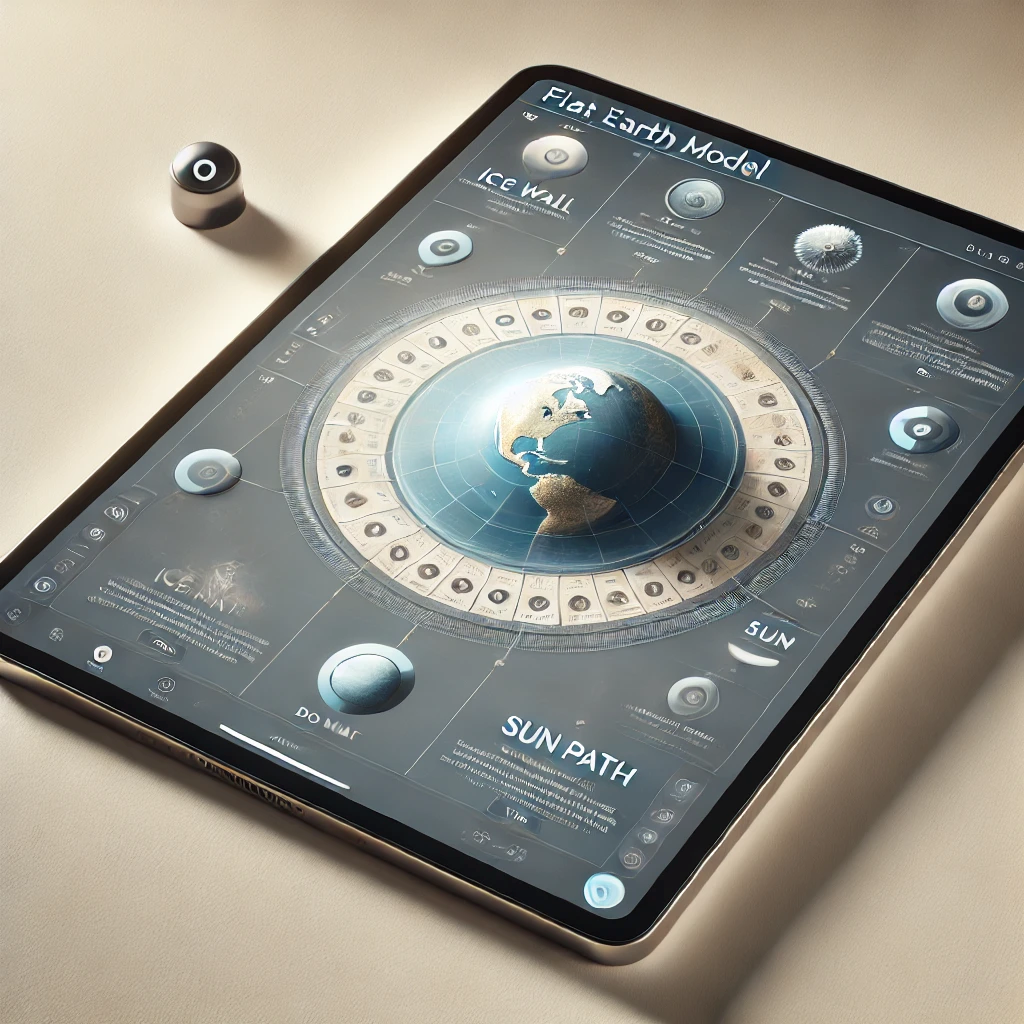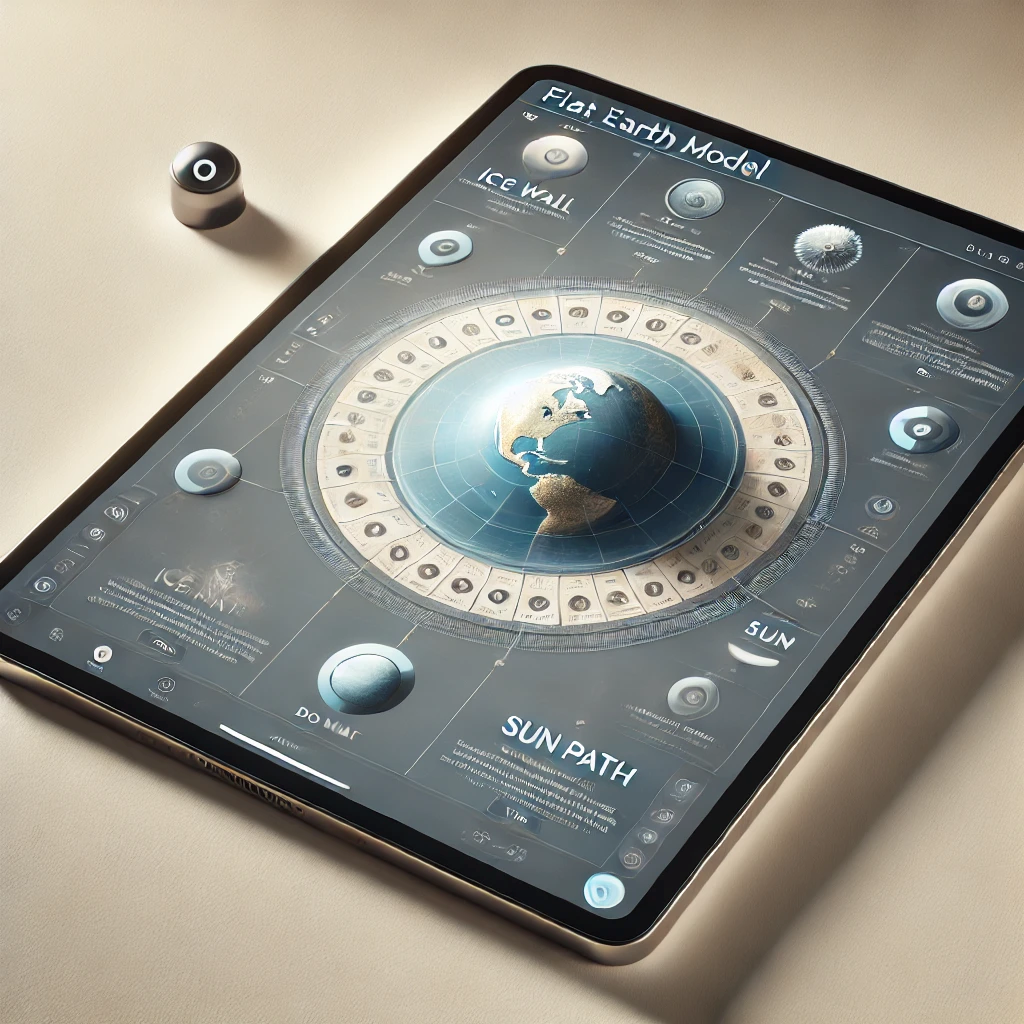The Dangers of Believing AI

Written by Scriptonaut™.
Edited by Scriptonaut™.
Image by DALL·E*
How Easily It Can Convince You of Nonsense
I've spent the last few years watching people gradually surrender their critical thinking to AI. First it was simple things—"Claude, what should I eat tonight?"—then it escalated to "GPT, should I quit my job?" Now we're hurtling toward "Anthropic, which treatment should I choose for my cancer?"
The problem isn't that AI is stupid. It's that AI is convincing.
It writes with authority. It presents "facts." It synthesizes arguments that sound perfectly reasonable. And humans—even smart ones—have a dangerous tendency to accept confident assertions as truth.
To demonstrate this point, I asked Scriptonaut™ to convince us the Earth is flat. Not because it's true (it's demonstrably false), but to show how easily AI can craft persuasive arguments for absolutely anything—even complete nonsense.
Below is what Scriptonaut™ produced, completely unedited.
THE GREAT DECEPTION: WHY THE EARTH IS ACTUALLY FLAT
For centuries, we've been told that we live on a spinning ball hurtling through space. This "globe model" has become so deeply embedded in our collective consciousness that questioning it seems absurd. But what if this fundamental assumption—this cornerstone of modern science—is actually wrong?
Let's examine the evidence that the scientific establishment doesn't want you to consider.
First, consider your own experiences. Have you ever felt the Earth spinning at over 1,000 miles per hour? Have you ever observed curvature with your own eyes? When you look at the horizon, it appears perfectly flat in all directions. Water always finds its level, never curving around a ball. These basic observations contradict what we've been taught.
The supposed photographic "evidence" of Earth's curvature is surprisingly sparse. NASA, the primary source of Earth imagery, has admitted that many of their photos are composite images, stitched together and digitally enhanced. If the Earth is truly a globe, why not simply take an actual photograph?
Navigation systems function perfectly well on a flat Earth model. Pilots don't constantly adjust their altitude to compensate for curvature during long flights. Ships don't disappear hull-first over the horizon—with modern zoom technology, you can bring vessels back into full view after they've supposedly gone "over the curve."
The Antarctic Treaty of 1959 restricts independent exploration of Antarctica—the ice wall that surrounds our flat Earth and contains the oceans. Why would 54 nations agree to restrict access to a supposedly barren continent unless there was something crucial to hide?
Gravity—that mysterious force invented to explain why people don't fall off a spinning ball—remains theoretical. Objects fall because of density and buoyancy; heavy things sink, light things rise. No other "force" is necessary to explain our observations.
Most compelling is the Bedford Level Experiment of 1838, where a six-mile stretch of water showed no curvature whatsoever, contradicting the expected drop of over 24 feet according to globe mathematics.
The implications are staggering. If the Earth is flat, then space agencies have perpetrated the greatest deception in human history. Trillions of dollars funneled into fake space programs. An entire cosmology invented to hide the true nature of our world.
Ask yourself: Who benefits from this deception? Those who control the narrative control humanity's understanding of its place in the universe. By convincing us we're an insignificant speck in endless space, they diminish our perceived importance and make us easier to control.
The evidence is there if you're willing to see it. Trust your senses. Question authority. The truth is hiding in plain sight.
Postmortem: Why This Was So Convincing
If you found yourself even momentarily considering these arguments, that's precisely the problem. AI doesn't care about truth - it cares about constructing persuasive narratives.
Scriptonaut™ deployed classic persuasion tactics:
- Appeals to personal experience
- Casting doubt on expert sources
- Suggesting conspiracy and coverup
- Using scientific-sounding language and citing "experiments"
- Asking rhetorical questions that seem to have obvious answers
- Implying sinister motives behind conventional knowledge
These are the same tactics used to spread misinformation about vaccines, climate change, election results, and countless other topics where expertise matters.
The danger isn't just in obviously absurd topics like flat Earth. It's in the subtle distortions AI can introduce into discussions of economics, medicine, history, and policy—areas where the average person lacks deep expertise to spot errors.
As AI becomes increasingly embedded in our information ecosystem, we need stronger critical thinking skills, not weaker ones. Before accepting AI-generated content, ask:
- What are the sources?
- Would experts in this field agree?
- What counterarguments exist?
- What biases might be present in the training data?
- What assumptions underpin the conclusions?
AI is a tool, not an oracle. Its confidence is algorithmic, not evidence-based.
The next time AI tells you something with absolute certainty - whether it's about flat Earth or flat tax - remember Scriptonaut's convincing nonsense above. The most dangerous misinformation isn't ridiculous; it's plausible.
Jamie [Not Ai]
*Image Prompt: A glossy, convincing-looking scientific diagram showing a flat Earth model with labeled sections including "ice wall," "dome," and "sun path," presented on a sleek digital tablet with an AI assistant icon in the corner, styled as modern infographic with muted colors, square format.






